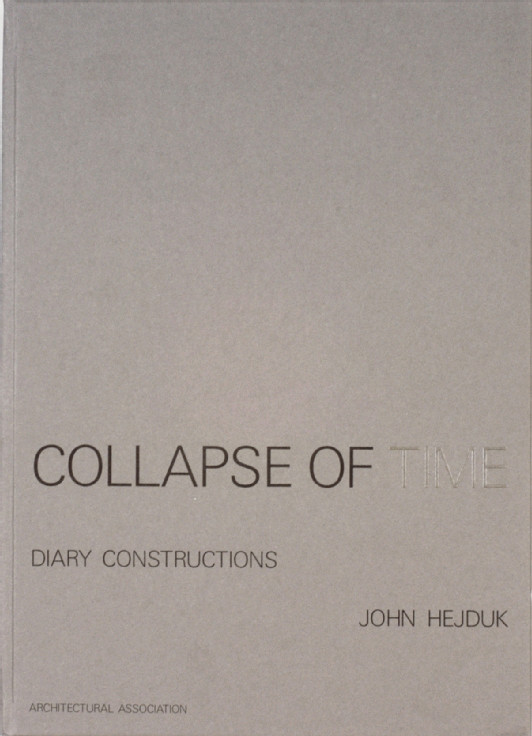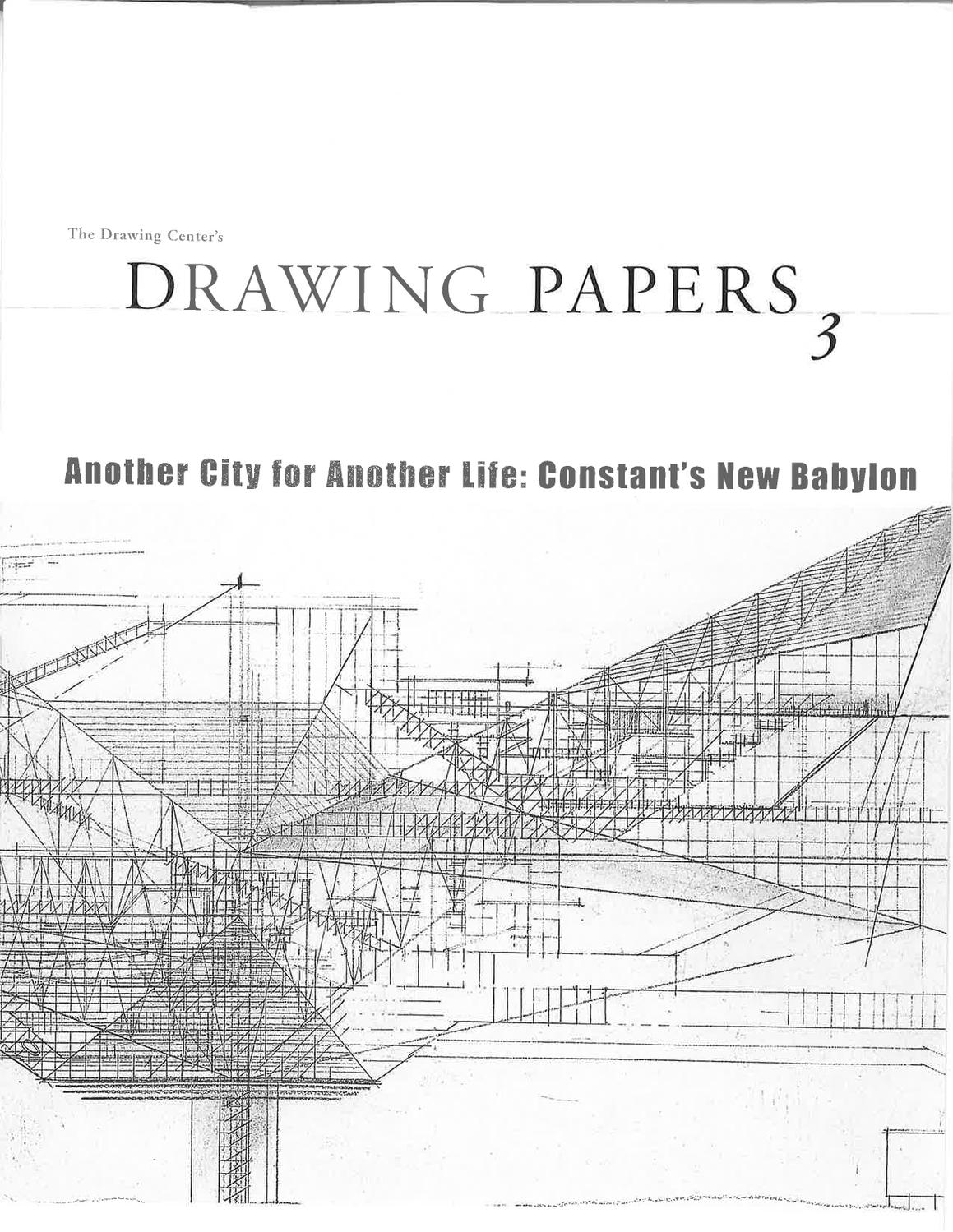Craig Buckley: Graphic Apparatuses: Architecture, Media, and the Reinvention of Assembly 1956-1973 (2013)
Filed under thesis | Tags: · architecture, assembly, collage, history of architecture, machine, media, montage
“This study examines the work of a number of architects who sought to rethink the physical, visual, and historiographic problems of assembly at a moment when the discipline was being destabilized by changing cultural politics and the proliferation of new electronic media.
Through a series of case studies, it analyzes buildings, images, publications, prototypes, and films made from the late 1950s to the early 1970s by architects in London (Theo Crosby and Edward Wright), Vienna (Hans Hollein, Gunther Feuerstein, Walter Pichler), Paris (the Utopie group), and Florence (the Superstudio group).
I argue that during these years the making of composite images was intensely identified with imagining new forms of construction, a dynamic informed by concepts of montage pioneered by the historical avant-gardes. Rather than compare postwar experiments to those of the 1920s, the dissertation considers how emerging media practices responded to the absorption of montage into postwar mass culture. The rethinking of montage paralleled a changing attitude toward machines, in which an earlier 20th-century ambition to master mechanization through design and prefabrication gave way to an attitude emphasizing a more flexible combination and rearrangement of parts, materials, and concepts drawn from a wide range of sources. Assembling an image out of disparate photomechanical elements graphically enacted the manner in which architects imagined appropriating technologies and materials from outside the domain of architecture in a bid to transform the discipline. During these years architects engaged montage as a mode of working both within and against the space of architectural publicity; one that was less illustrative than it was performative.
If efforts to reinvent problems of assembly aimed to shift discourse within the discipline, they were also shaped by changes in the technological apparatuses of mechanical reproduction, notably the displacement of industrial letterpress by photo-offset lithography. In retrospect, grasping changing ideas of assembly helps to comprehend how during these years the status of building shifted within architectural culture, while also prefiguring how habits of “cut and paste,”–the continual combination and alteration of ready-made visual material–would become central to the operational culture of digital tools in our own time.”
Publisher Architecture Department, Princeton University, 2013
Advisors: Beatriz Colomina and Spyros Papapetros
316 pages
PDF (12 MB)
Comment (0)John Hejduk: The Collapse of Time: Diary Constructions (1987)
Filed under book | Tags: · architecture, time

“In October 1986, John Hejduk’s The Collapse of Time was erected outside the Architectural Association premises in Bedford Square, London. The publication contains a text by David Shapiro, photo essay Hélène Binet and Hejduk’s personal diary of the conception of the project, together with drawings and a photographic study of its construction.”
Publisher Architectural Association, London, 1987
Text series, 2
ISBN 9780904503944
[88] pages
via arqurb85
Video footage from Hejduk’s Victims exhibition shown at the AA in 1986 (48 min)
PDF (6 MB)
See also Hejduk’s Victims, 1986.
Another City for Another Life: Constant’s New Babylon (1999)
Filed under catalogue | Tags: · architecture, situationists

Publication accompanying “the first major U.S. presentation of the work of Constant and his New Babylon project. The exhibition was organized for The Drawing Center by Mark Wigley, based on the retrospective he curated for the Witte de With in Rotterdam in 1998. Another City for Another Life focuses on Constant’s tremendous contribution to visionary architecture through the practice of drawing and offered an in-depth consideration of the artist’s futuristic project.”
Featuring an introduction by Catherine de Zegher, an essay by Mark Wigley, and an attachment with five texts by Constant Nieuwenhuys: ‘Manifesto’ (1948), ‘On Our Means and Our Perspectives’ (1958), Lecture at the ICA, London (7 Nov 1963), ‘The Rise and Decline of the Avant-Garde’ (1964), and ‘Planology or Revolution?’ (1969).
Publisher The Drawing Center, New York, 1999
Drawing Papers series, 3
39+34 pages

